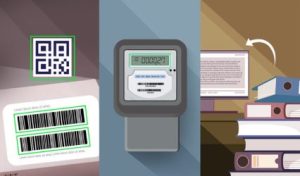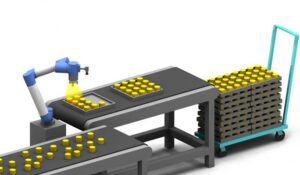- Admin
- January 22, 2025

Case Study
GUI for BLDC Motor Control

Client
A US-based Tier-1 Semiconductor company approached Ignitarium to modernize its motor control GUI tool to resolve problems and enhance features. The tool was to be built for a target audience of system designers / end customers who use the chip / modules offered by this semiconductor company. The UI and the functionalities enable the end users to rapidly prototype and accelerate the system design process.
Scope
• Design and develop an intuitive UI application to support novice to expert level user of the customer's boards
• Read and Write operations to shadow and EPROM registers
• Auto detection of the board when the application is started
• Self-healing and recovery from configuration faults
• Ability to integrate Matlab scripts
• Support multiple user OS platforms
• Seamless integration of newer board models
Challenges
The customer’s existing GUI solution had a few limitations
• Non intuitive and dated design
• Complex flow for novice user
• Performance issues while plotting several parameters at once
• Support for newer version of boards required development effort
The customer wanted to add the following features
• Multi-platform compatibility
• Matlab scripting integration
• Framework to add newer board models of the customer without code change
Solution
Ignitarium has deep expertise in developing application design tools that enable end customers to prototype or design applications using chip / board solutions.
• Iteratively developed intuitive and functional user interface (drawing from our own experience in embedded solution design) with focus on accelerating end application design
• Use of right digital technologies ensuring ease of use, functionality and performance
• Development and deployment of best practices ensuring scalable and portable framework
• Low code / customization framework that needs very little effort in addition of new variants of the driver solution
Business Impact

Enhancing the design-in win / loss ratio: An effective, functional and intuitive UI for the semiconductor company’s end customers to design systems seamlessly and rapidly.

Enabled faster time to market through a flexible low code solution that makes it easy to onboard new variants from the family of boards / hardware kits.





























